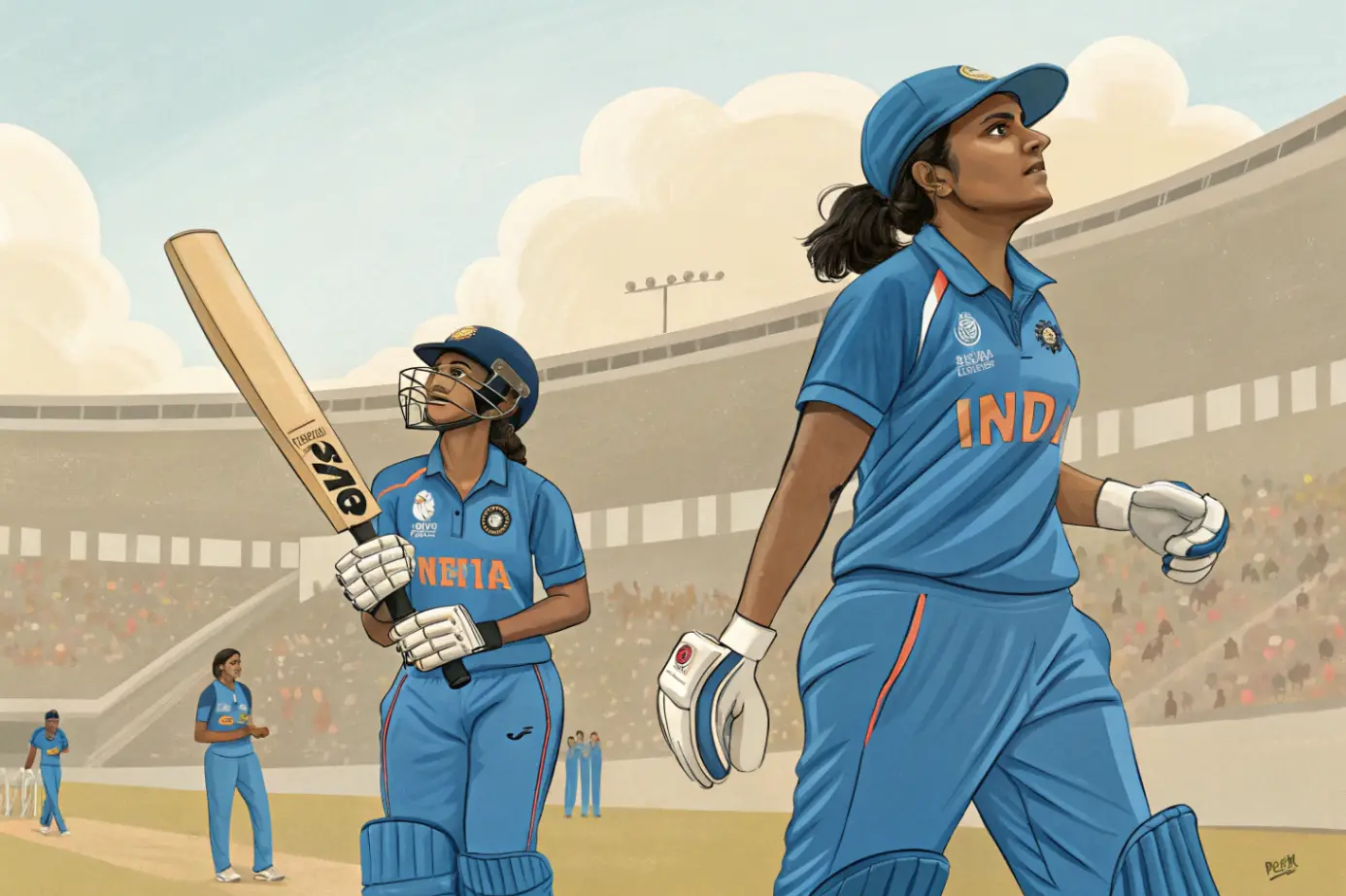Equal Pay in Indian Cricket: What Will Change by 2026?
Women’s cricket in India is entering a decisive phase as equal match fees, expanded domestic pathways and greater commercial attention reshape the sport. With the Board of Control for Cricket in India (BCCI) announcing equal pay for men and women in 2022, the years leading up to 2026 are becoming a litmus test: can structural, financial and cultural improvements fully unlock the potential of India’s women cricketers? This article examines the upcoming changes, the economic and performance implications, and how equal pay may influence long-term development and global competitiveness.

Equal Match Fees and Their Long-Term Impact
Equal pay for match fees means that women representing India now receive the same compensation per match as the men’s team: a landmark moment that transforms cricket’s economic incentives. However, equal match fees are only one part of the structural ecosystem that determines career viability. Many female cricketers still rely largely on central contracts, franchise opportunities in the Women’s Premier League (WPL) and corporate sponsorships.
By 2026, experts anticipate that equal match fees will encourage deeper investment in training, nutrition and year-round conditioning, as more players gain financial stability and can commit fully to professional pathways. The increased visibility resulting from this reform also amplifies media coverage, pushing brands to integrate women cricketers into mainstream sports marketing rather than sidelining them into niche campaigns.
Infrastructure Growth and Domestic Competitions
Beyond pay parity, the biggest transformation for Indian women’s cricket will come from upgraded domestic structures. The WPL has already expanded opportunities for emerging athletes, but grassroots cricket still requires broader, more consistent investment. By 2026, the BCCI aims to increase the number of domestic matches, enhance sports science support and invest in regional academies.
Strengthening domestic cricket is essential because it builds a larger, more competitive pool of athletes ready to transition into international formats. As the sport becomes more financially sustainable and respected, parents are increasingly supportive of cricket as a long-term career choice for girls. This cultural shift will continue to accelerate over the next two years, improving talent retention and enabling players from smaller regions to enter the national system.
Before exploring the financial data behind equal pay, it is useful to outline the most influential factors expected to shape women’s cricket in the short term.
Here are the key drivers that analysts consider essential for sustainable growth by 2026:
- Increased BCCI funding directed toward women’s academies and high-performance centers.
- Deeper WPL participation through expanded squads and potential new franchises.
- Greater sponsorship integration across broadcast and digital platforms.
- Enhanced medical, fitness and sports science programs tailored for female athletes.
- Strengthening of school and college cricket competitions for girls.
These elements interact with equal pay to create a holistic development ecosystem. Without them, pay parity alone cannot achieve long-term transformation, but with them, India’s women’s cricket structure becomes one of the strongest globally.
Financial Transparency and Performance Indicators
A clearer understanding of how equal match fees influence revenue, contracts and career longevity requires data. The following table provides a simplified breakdown of projected financial dynamics and development indicators comparing 2023–2026. The numbers are illustrative but grounded in industry-observed trends.
Projected Progress Indicators in Indian Women’s Cricket (2023–2026)
| Indicator | 2023 Baseline | Expected 2026 Outcome |
|---|---|---|
| Match Fee Equality | Implemented | Full normalization and increased public acceptance |
| WPL Player Salaries | Rising gradually | Strong upward trend as franchises gain profit stability |
| Sponsorship Growth | Moderate | High, with mainstream brand adoption |
| Domestic Match Volume | Limited | Expanded calendar with stronger competition |
| Sports Science Access | Uneven | Standardized support across national and domestic levels |
This progression shows that equal pay serves as a catalyst, but true advancement depends on strengthening surrounding systems. After introducing equal fees, many players report improvements in training access, confidence and readiness for high-pressure situations. By 2026, India aims to create a player ecosystem comparable to Australia and England, where professionalization has directly elevated on-field performance.
Global Positioning and Competitive Aspirations
As the women’s game grows in India, equal pay also influences how the international community views the team’s development. By 2026, India is projected to be one of the strongest global competitors, rivaling Australia and England in both white-ball formats.
Equal pay shapes recruitment, performance levels and competitive longevity. Senior players highlight that improved financial security allows them to focus on mastering multiple formats, extending careers and mentoring emerging athletes. The psychological impact of parity also matters: when athletes feel valued, they often perform with greater resilience in global tournaments.
At the same time, India’s growing commercial presence fuels larger broadcast audiences, attracting global talent to the WPL and raising standards domestically. These elements reinforce each other, ensuring that equal pay is not an isolated reform but part of a large strategic movement to modernize the sport.
Conclusion
Equal pay in Indian cricket marks a historic shift for women athletes, but its full power will unfold between now and 2026. As infrastructure strengthens, sponsorship grows and domestic pathways expand, the equal pay policy will support a new generation of professional female cricketers. India is poised to emerge as a global leader in women’s cricket, driven by policy reform, commercial investment and cultural transformation. What happens by 2026 will define the future trajectory of the sport for decades.







